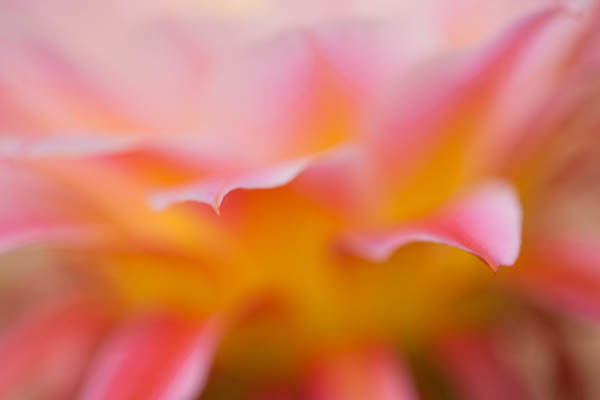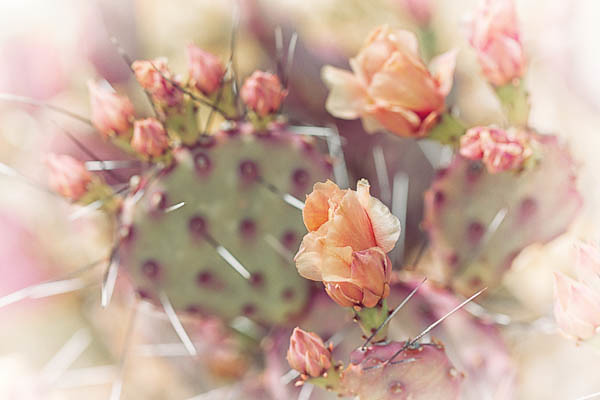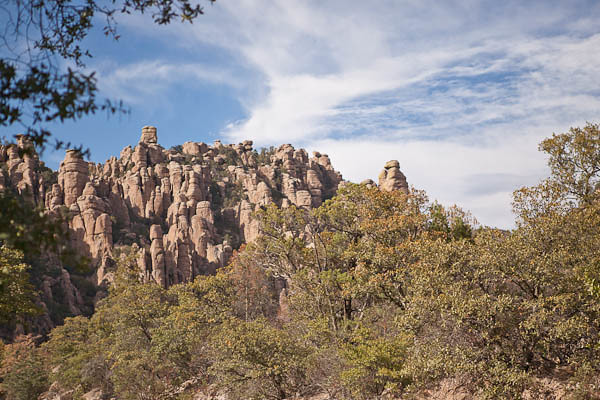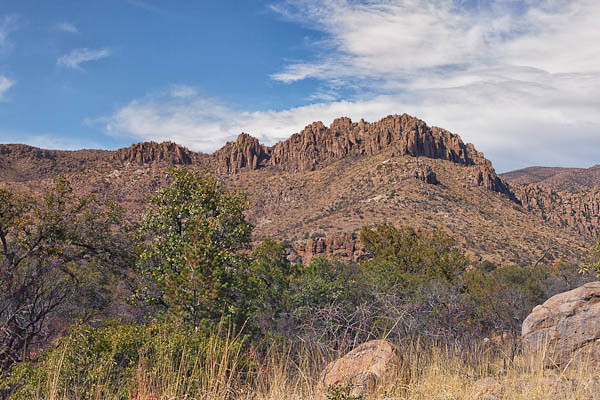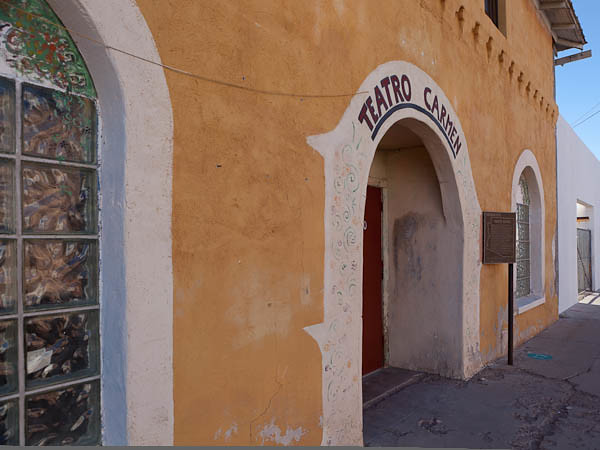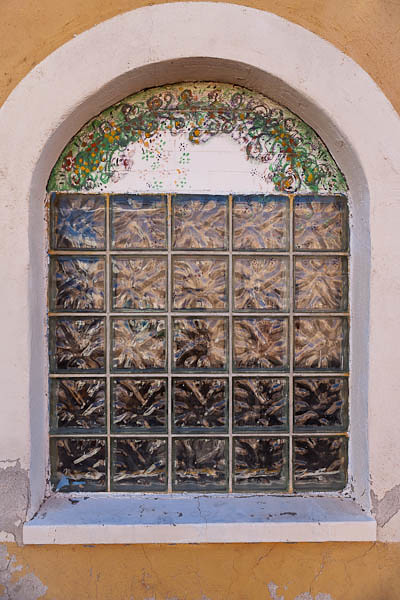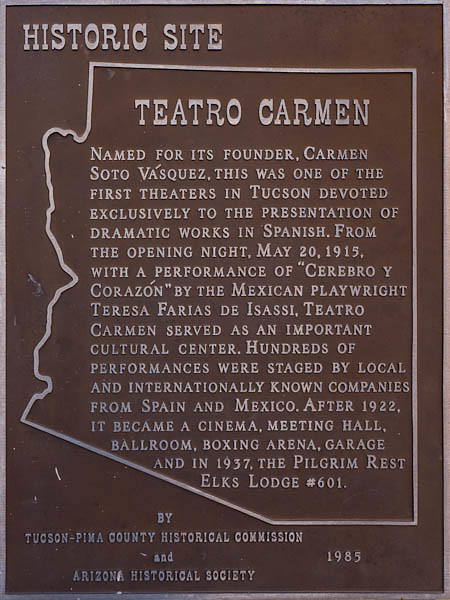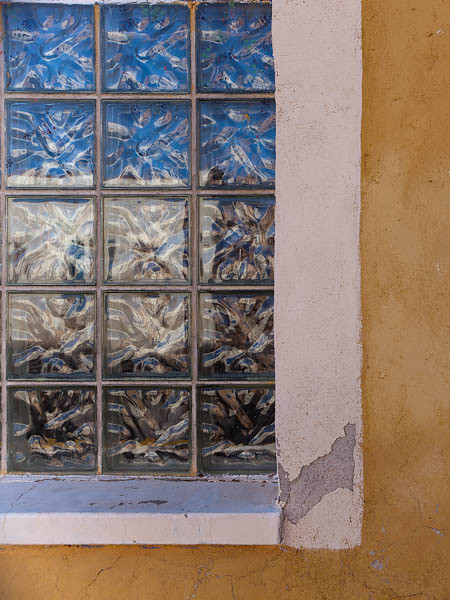I create my own auto-biography with the photographs I take. ~ Bo Mackison
On the road to Wisconsin, but recalling the many days I stayed in Arizona with great fondness, the many desert sights I visited with deep appreciation for nature’s beauty, and the many photographs I’ve created that will inspire life-long memories.
The photograph is an abstract botanical of one of the many Torch cactus flowers I photographed at the Arizona Sonora Desert Museum a few days ago.
—————–
Bo Mackison is a photographer and owner of Seeded Earth Studio LLC. Today she drove through part of New Mexico, Texas, Oklahoma, and half of Kansas. She looks forward to sleeping in her own bed very soon!
